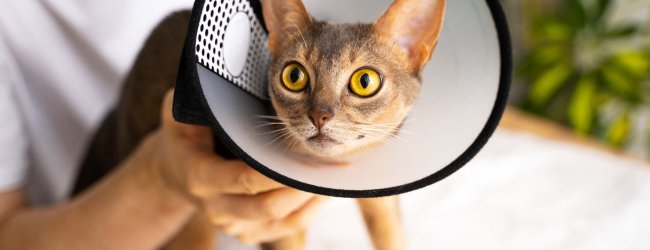 Approved by Dr. Dwight Alleyne, DVM
Approved by Dr. Dwight Alleyne, DVM Dog Pollen Allergy: Dealing With The Springtime Sniffles
The birds are singing, the bees are buzzing, the flowers are blooming - your dog is...sniffling? Here's everything you wanted to know about dog pollen allergies - and how monitoring your buddy's location can actually help you prevent one!
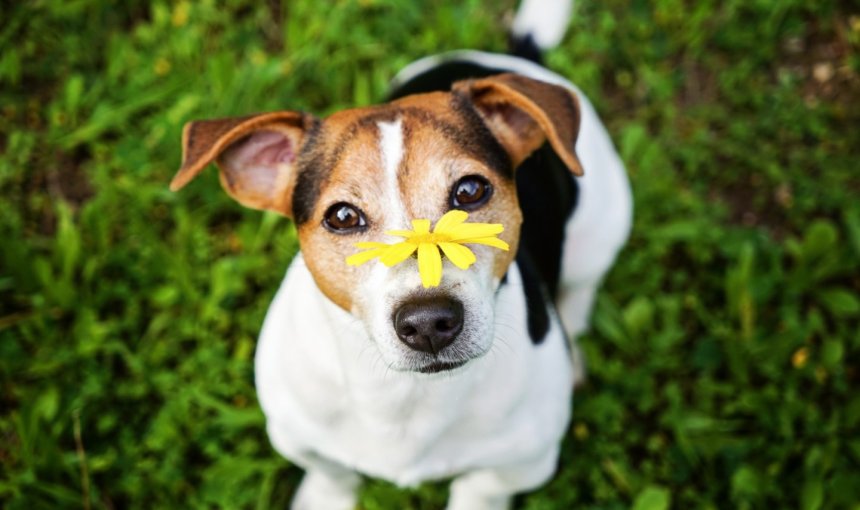
Just like us, dogs can suffer from a wide range of allergies. Including to fleas, food, and other allergens in your environment…like pollen. But how does a dog pollen allergy even look? And how do you treat your poor dog when they’ve got a case of the spring-time sniffles?
So let’s dive right in to the symptoms of pollen allergy and hay fever in dogs – and how tracking your dog’s location can actually help you prevent them from wandering somewhere they’re likely to pick up something infectious. Let’s go!

Find out how your dog spends their time.
Read moreCan dogs have seasonal allergies?
Yes! Just like you, your dog can have seasonal allergies. Spring, summer and autumn are the seasons when allergens such as pollen are most likely to affect your dog1.
In fact, dogs are sensitive to a whole bunch of substances lying around your house. Including:
- Tree, grass and weed pollens
- Dust and house dust mites
- Food ingredients (e.g. beef, chicken, pork, corn, wheat or soy)
- Prescription drugs
- Fleas and flea-control products
- Perfumes
- Cleaning products
- Rubber and plastic materials
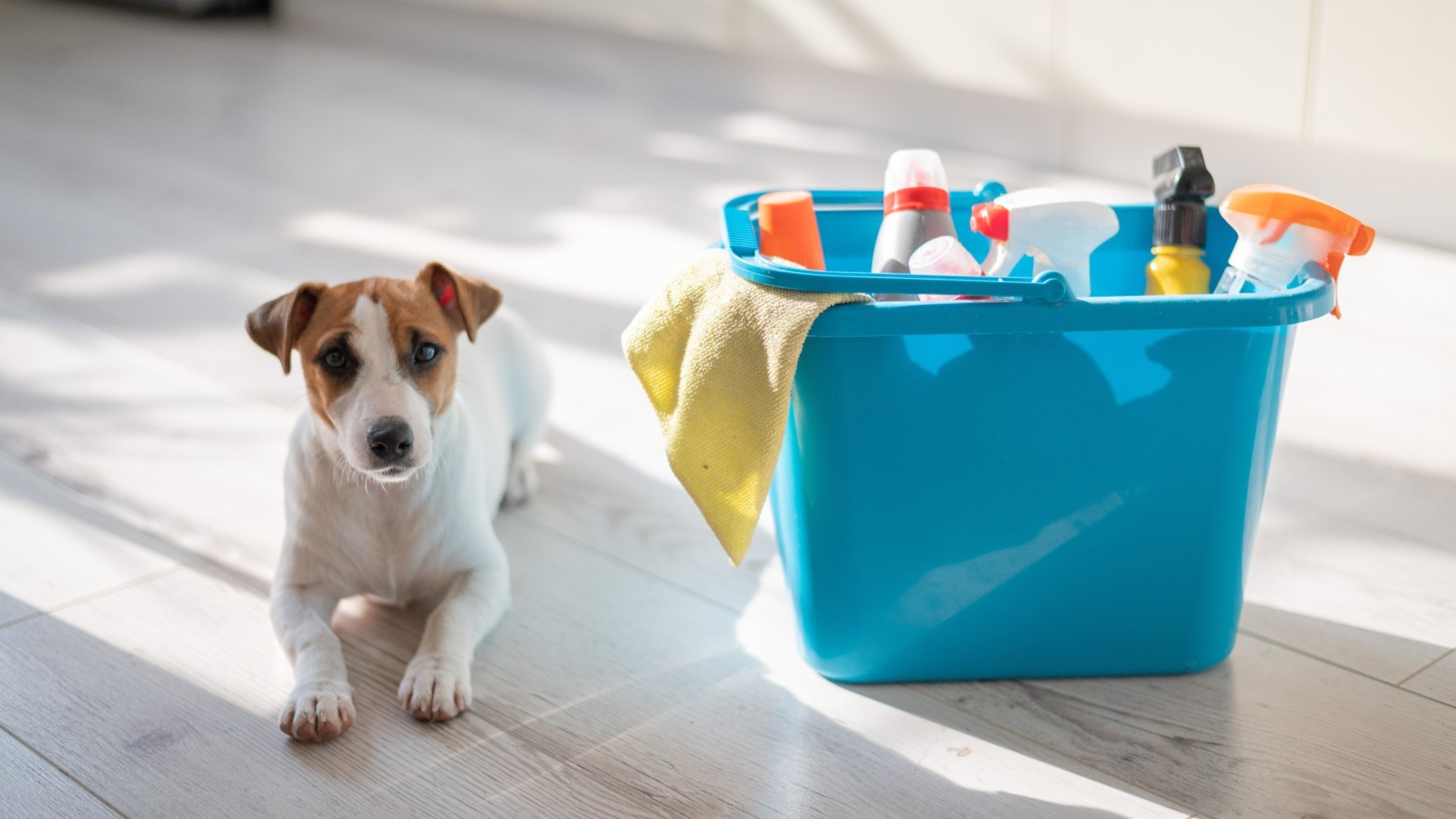
Read more:
Hay fever in dogs
Seasonal allergies, also known as hay fever, can occur in humans and dogs alike.
Hay fever in dogs is an allergic reaction in the dog’s body as a response to pollen in the air2. Pollen allergy or hay fever in dogs is much less common than other types of dog allergies, such as flea and dust allergies.
What is pollen?
Pollen is a substance found inside the flowers of grasses, trees, and weeds. This fine, powdery material is an essential part of the fertilization and reproduction of plants (a.k.a. pollination).
- Pollen is naturally spread by insects or wind3.
- Corn, oat, and ragweed are common pollens that can lead to allergies in dogs.
⚠️ If your dog likes to sniff flowers, explore your backyard, or wander around the neighborhood – chances are that they’ll come in direct contact with pollen.
When us humans develop an allergic reaction to pollen, we call it a hay fever. It’s this same condition that can affect our furry friends too.
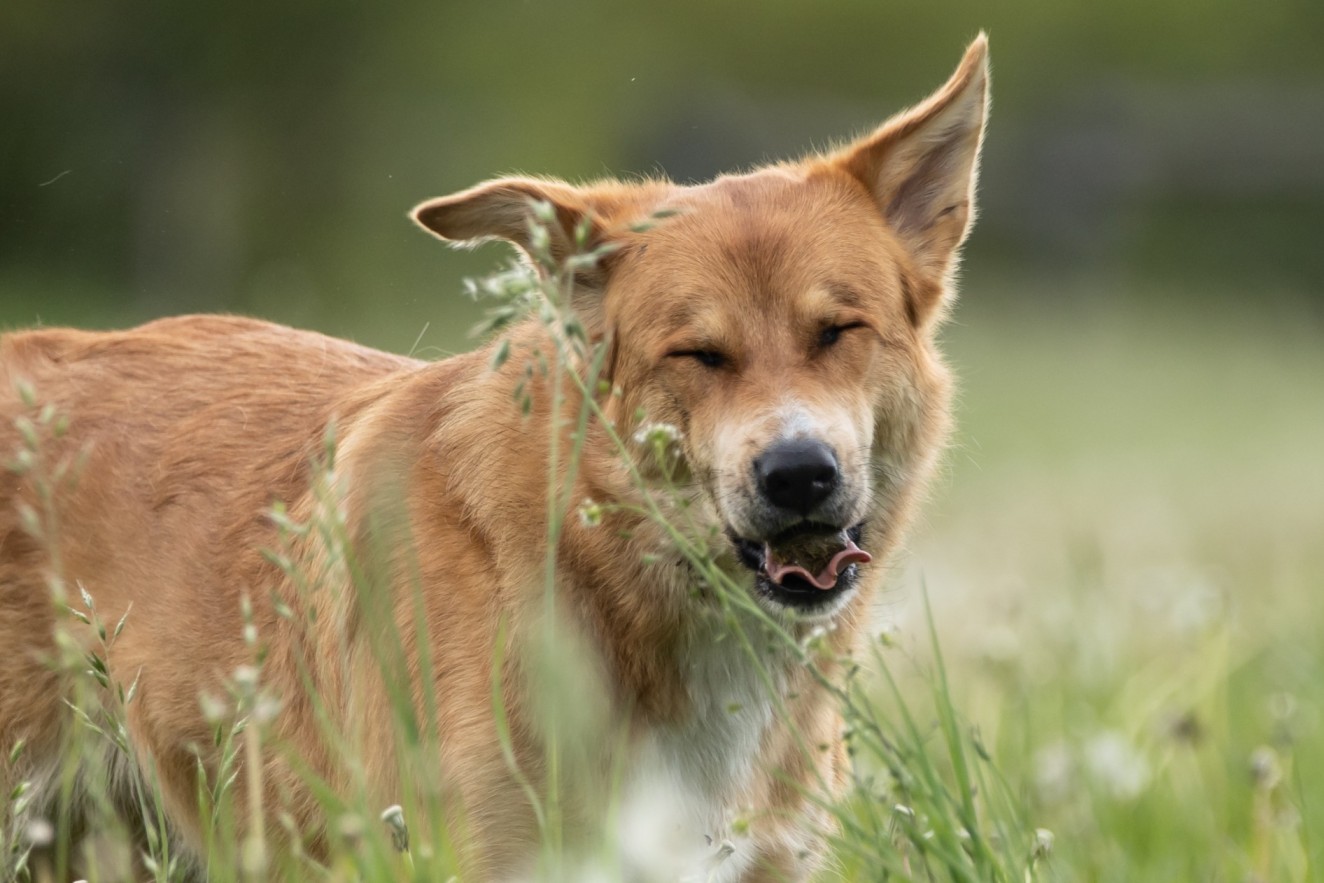
💡Now imagine knowing your dog’s favorite locations around the neighborhood – so you can figure out where they like to hang out the most?
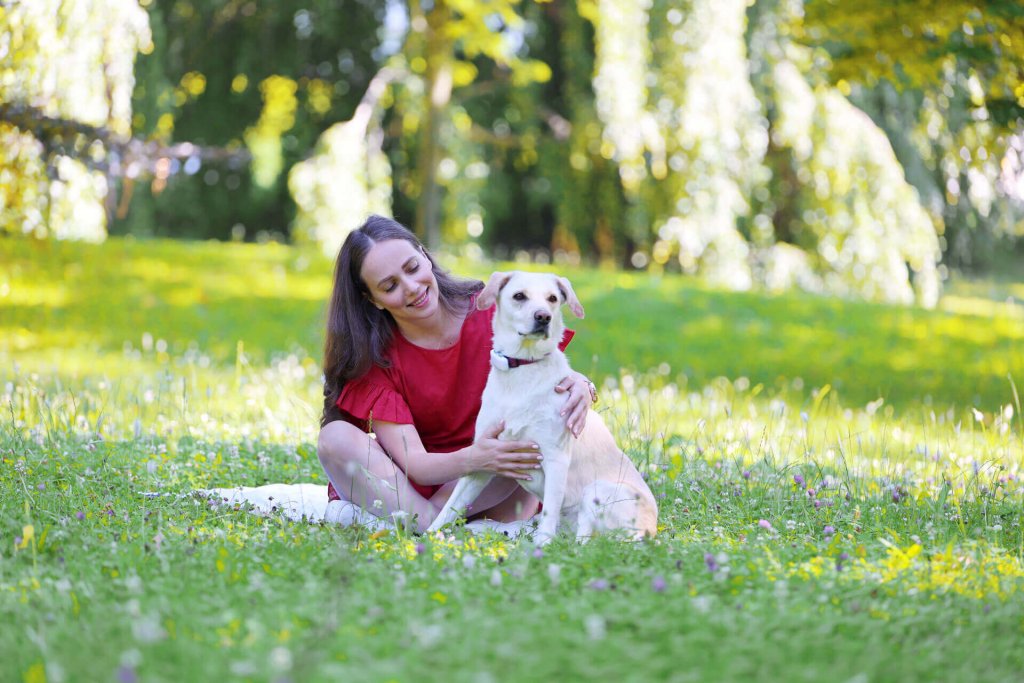
This can actually help you catch where your dog tends to come in contact with pollen the most. (Whether that’s our neighbors’ backyards or that one park full of thistles and dandelions.)
Which is why dog parents around the world are investing in GPS trackers for their buddies – so they can prevent them from wandering to these “no go” zones. (And coming home with a hurricane of sniffles!)
Can dogs be allergic to pollen?
Yes, dogs can have allergies to pollen.
Dogs might come into direct contact with pollen simply by touching pollen-packed plants with their face or feet. Or they could also simply inhale pollen that is floating in the air.
Either way, a pollen allergy – both in dogs and humans – is an overactive immune system’s reaction to the stuff.
- Your dog’s mast cells start working overtime to get rid of the allergens.
- Unfortunately, these mast cells also release biochemicals including histamine – which might lead to swelling, redness, and excessive itching.4
Dog pollen allergy symptoms
So, how to tell if your dog has a pollen allergy? There are several symptoms to look out for – and not always are these the same like with us.
While hay fever in humans mostly causes a runny nose, sneezing and itchy, watery eyes, in dogs it usually affects the skin. So if you notice your dog itching, gnawing or rubbing certain parts of their body like the paws, legs, groin, ears or muzzle, it may be a dog pollen allergy.
Read more: Why Is My Dog So Itchy? Causes & Solutions For An Itchy Dog
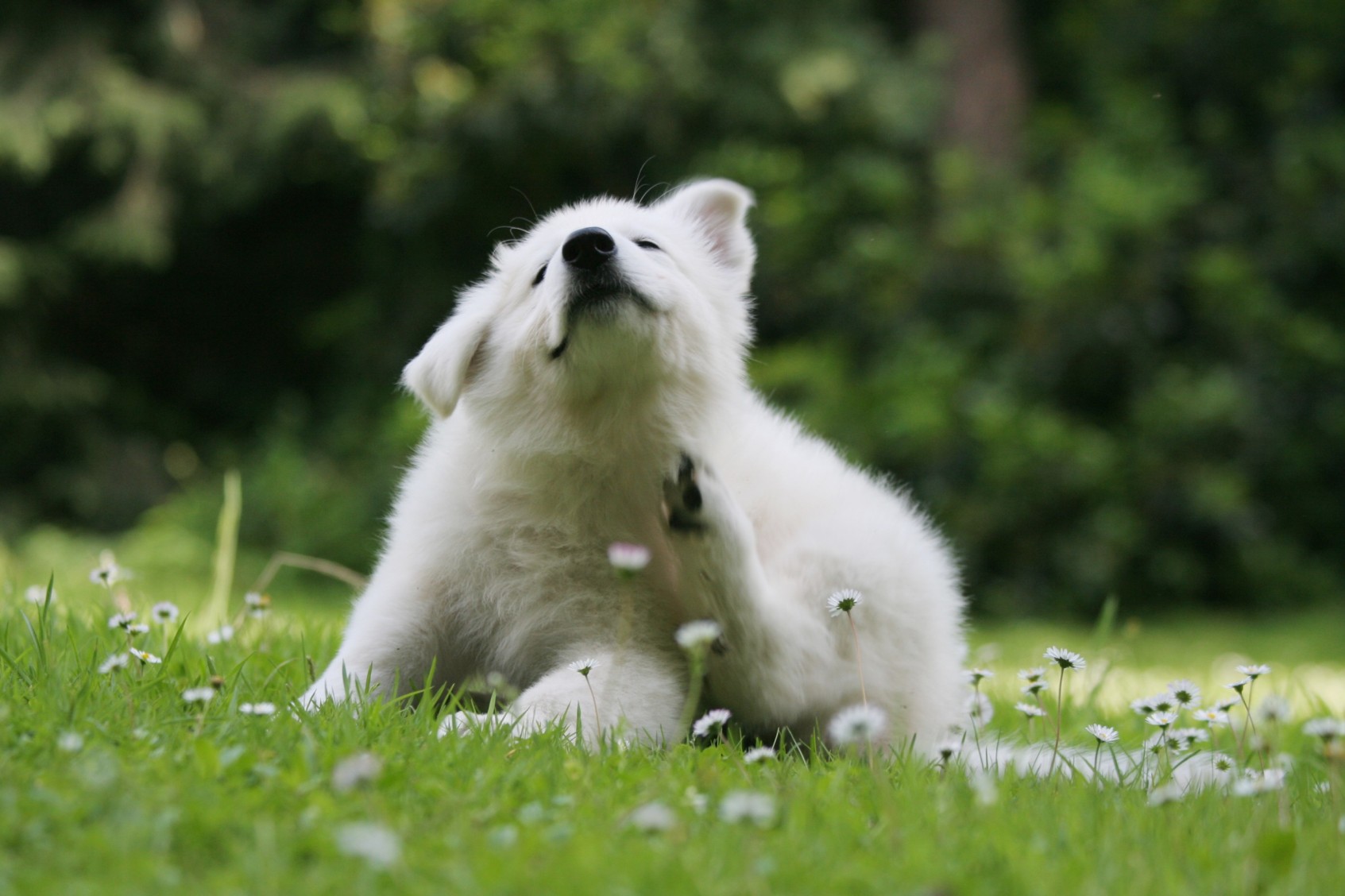
⚠️ Just keep in mind, if your dog displays any of the symptoms below, they could also be suffering from another – more serious – medical condition. (Especially if it’s accompanied by concerning symptoms like lethargy or a loss of energy.)
So talk to your vet before diagnosing hay fever in your dog. Watch out for signs like:
- Red nose
- Hives
- Itchy skin
- Watery eyes
- Rubbing against furniture or carpets
- Excessive rubbing or licking of affected areas
- Hair loss
- Inflamed patches of skin
- Swollen, itchy paws (which they might lick excessively)
- Sneezing or reverse sneezing
- Ear infections
- Sleepiness5
- Runny nose (including a clear nasal discharge)
- Loss of fur
- Diarrhea
- Vomiting
Pay attention to your dog’s behavior during pollen season. Keep an eye out for any of these symptoms and talk to your vet if you are unsure about your dog’s health.
Read more:
- Dealing With A Lethargic Dog: Signs, Steps & Symptoms
- Why Is My Dog Throwing Up? 8 Reasons Why & What To Do
- Diarrhea In Dogs: Top Causes And Treatments
When is the worst time for dog pollen allergies?
Pollen allergy season is at its peak in spring and summer, but can last until the beginning of autumn. This is due to the fact that pollen comes mostly from grass, weeds, flowers or trees.
- Tree pollen season usually starts earlier in the year.
- Grass pollen season gets heavier towards summer.
Some scientists report that rising temperatures are leading to more pollen production – that could mean more severe allergy seasons in the future4.
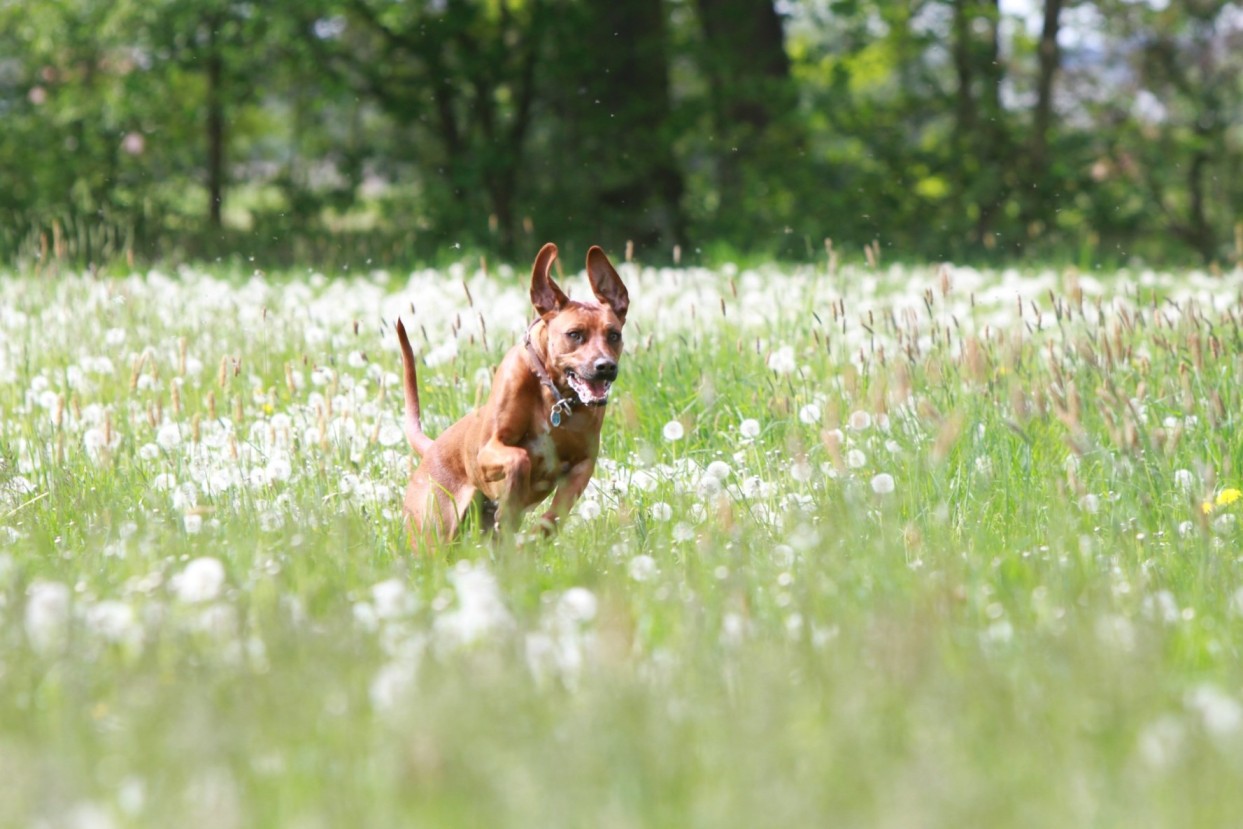
⚠️ Which, as you’re letting your dog outdoors more often, means they’re more likely to pick up something infectious.
(Though you could always set up a “safe zone” around your backyard – and get an escape alert in case they sneak past it to explore some pollen-riddled patch of woodland, of course.)
Which breeds are most at risk of dog pollen allergy?
According to various studies, dog pollen allergy doesn’t occur in the first year of life.
- For unknown reasons, it also seems to affect more female dogs than male dogs.
- Still, while all dogs can suffer from a pollen allergy, some breeds are more at risk than others to this type of allergy.
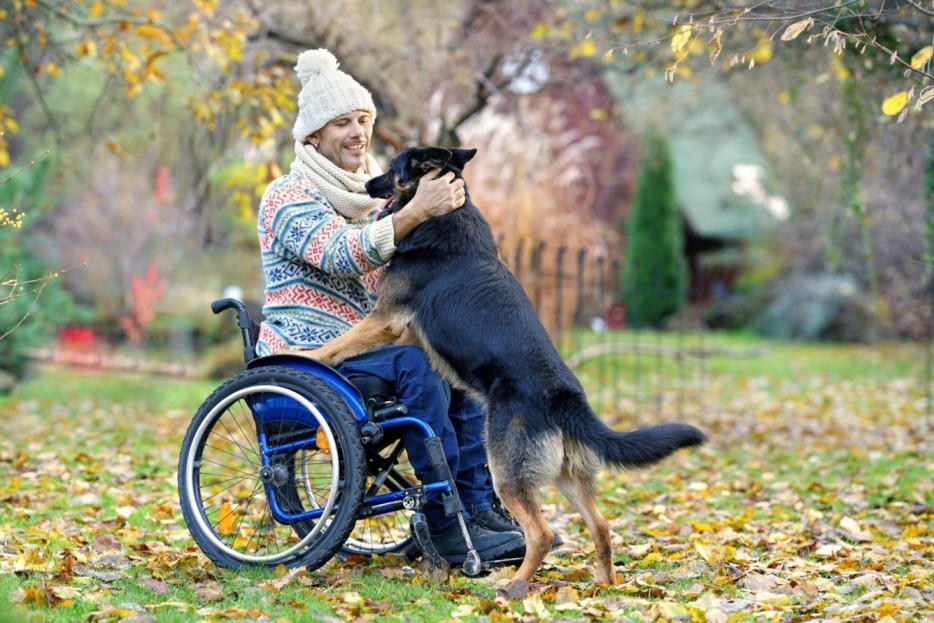
These include:
- Pugs
- German Shepherds
- English and French Bulldogs
- Shar Pei
- Labradors
- Golden Retrievers
- Setters
- Terriers6
- Boxers
- Dalmatians
- Schnauzers
- Cocker Spaniels
- Bichon Frise
Note: This list is not exhaustive, and nearly any dog (breed) could suffer from a dog pollen allergy. Dog pollen allergy is one of the most common types of pet allergies.
Which areas might be more likely to have pollen?
Given its size, the US alone includes a ton of spots that are more likely to be “allergy zones” – while others might be less so.
Here are a couple of them:
| High-pollen US states | Low-pollen US states |
| Kansas | Utah |
| Texas | Arizona |
| Missouri | Colorado |
| Iowa | California |
| Oklahoma | Washington |
| Pennsylvania | New York |
| Florida | Ohio |
| South Carolina | Michigan |
| North Carolina | New Mexico |
💡So if you’re planning on moving states or vacationing across them with your dog, keep an eye out for its pollen count this spring – and plan ahead how you’re going to prevent and/or treat it.
How to prevent pollen allergies in dogs
To minimize your dog’s exposure to pollen during the pollen allergy season, try these tips:
Protect your dog’s fur
- Before heading out, use a special spray containing oatmeal and aloe vera to protect your pup’s fur.
- You could also consider special dog boots to protect your dog’s paws from picking up any pollen or other infectious little critters. (And then spreading them throughout your house.)
Read more: 8 Best Tips On How To Protect Dog Paws In Snow
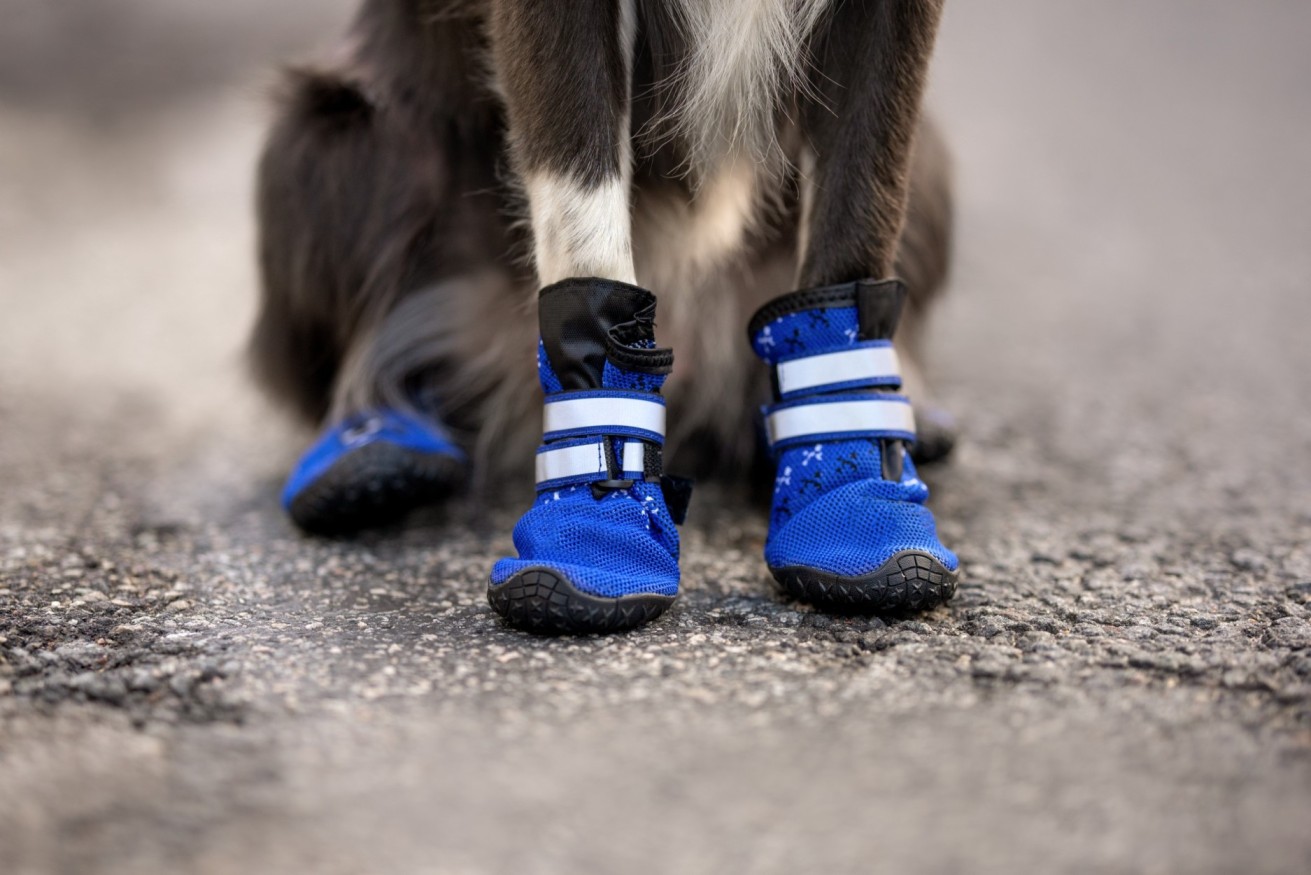
Adapt your walking path
Daily dog walks are a staple part of keeping your buddy healthy – but you do want to avoid taking your buddy out when (and where) pollen levels are at their highest.
So try and:
- Avoid walking in the early morning or late afternoon. (When you’re more likely to run into pollen in the air.)
- Stay away from areas (like fields or parks) where you find flowers like dandelions, thistles, and ragweed.
- Keep your dog leashed when passing by pollen-infested areas.
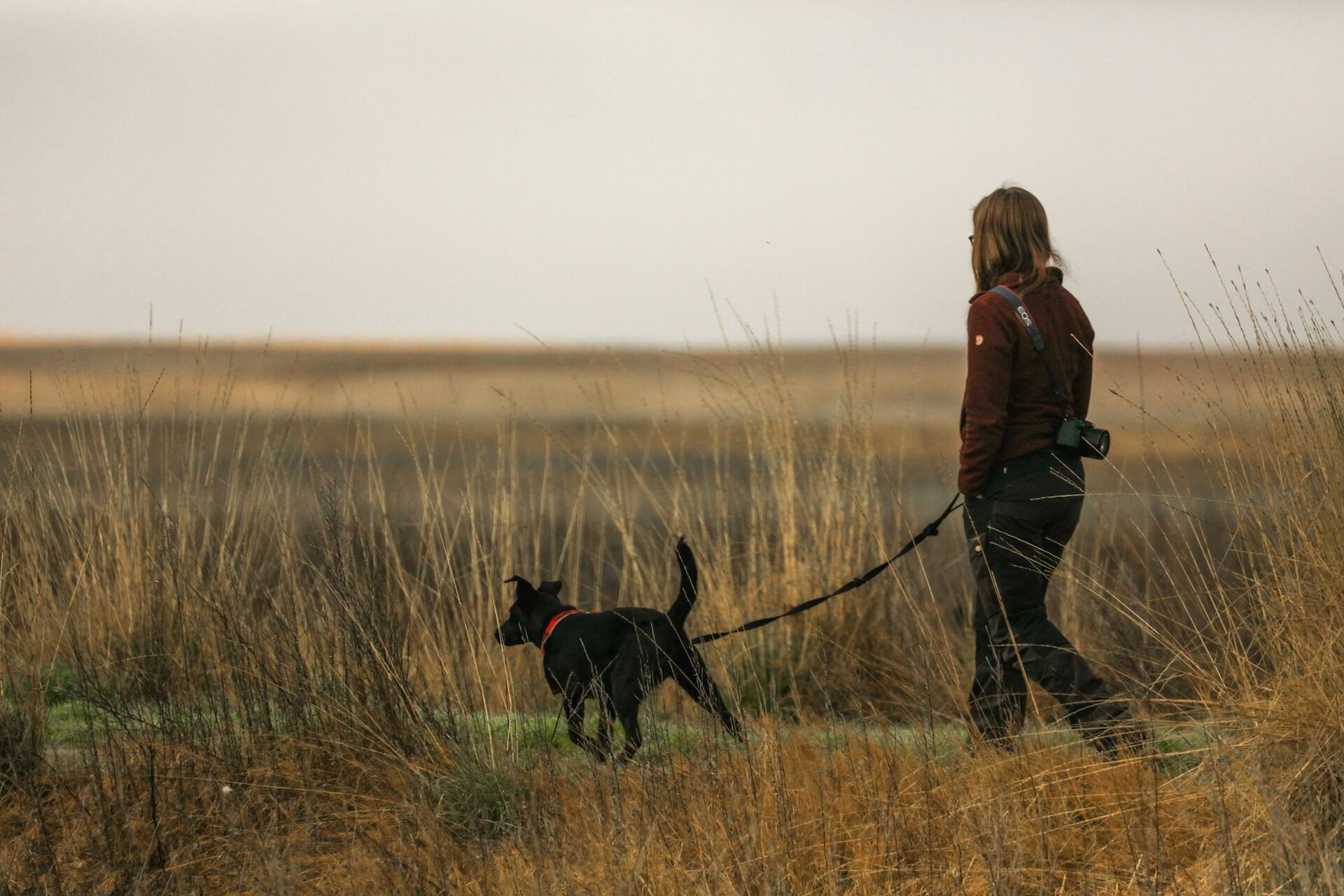
💡You could also track your daily dog walks with Tractive’s fun Walk feature! Log in your daily adventures and stay motivated to hit your streak even on days it’s gloomy outdoors.
Clean up extra after your walks
After the walk, remove any pollen that might have clung to your dog’s paws with a clean, moist cloth.
- Use a hypoallergenic grooming wipe that doesn’t include any fragrances. (Else you might irritate your dog’s skin instead.)
- Consider soaking your dog’s paws in apple cider vinegar. This can help remove pollen and other pesky parasites. Just mix 2 parts water with 1 part apple cider vinegar.
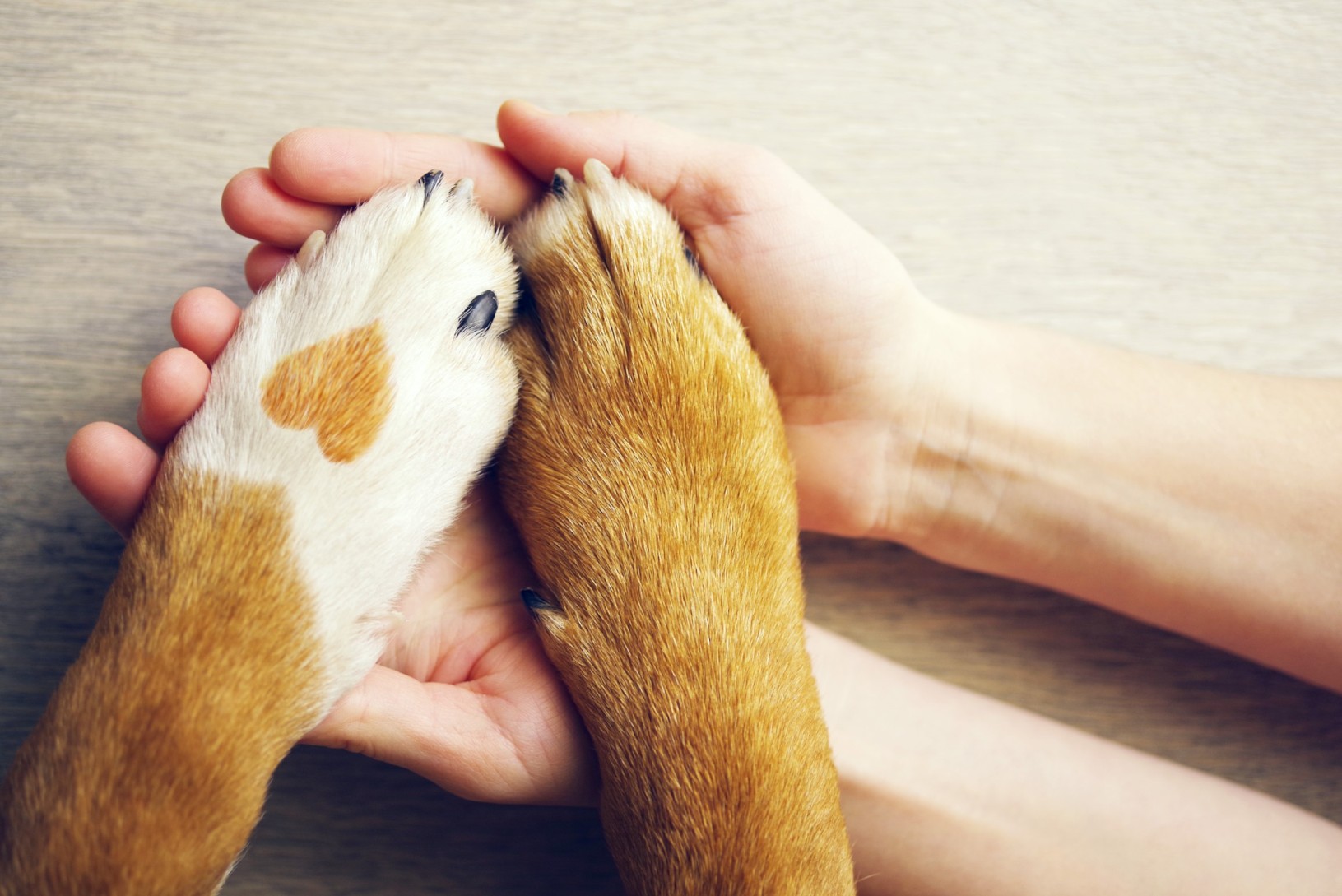
Watch out for fleas & ticks
Besides pollen, your dog might also be vulnerable to pesky little critters like fleas and ticks. Which makes regular bath time a priority – especially the more often you two head out together.
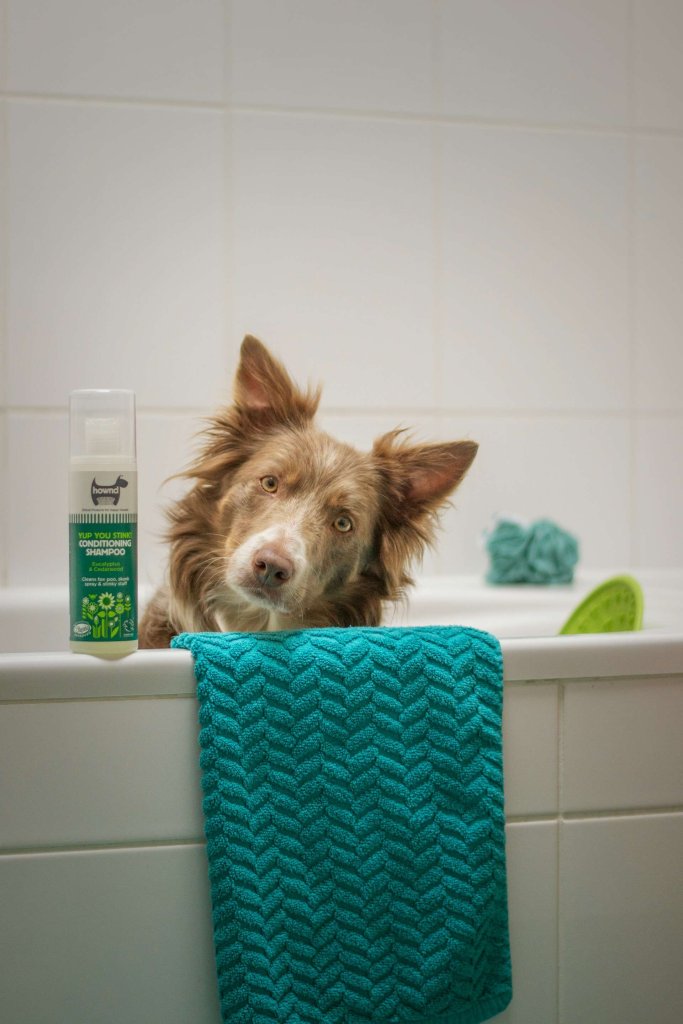
So you could:
- Use a special hypoallergenic shampoo for irritated skin. (Ideally one containing ingredients like oatmeal, aloe vera, or evening primrose oil.)
- Use a moisturizing oil in your dog’s bath to prevent dry, itchy skin.
- Keep an eye out for any dirty or clumped hair from your dog.
Read more:
Clean out your indoor space
Yes, even your indoor carpets, curtains, and rugs can gather dust, mites, and pollen during springtime and summer. So make sure to:
- Vacuum those regularly to prevent any buildup.
- Use a dehumidifer to remove moisture from indoors. (This prevents your house from developing mold – which can make both you and your dog sick.
- Switch up your air filters regularly. This can prevent airborne allergens from entering through any open windows.
- Regularly wash your bedding and any other surfaces your dog sleeps on.
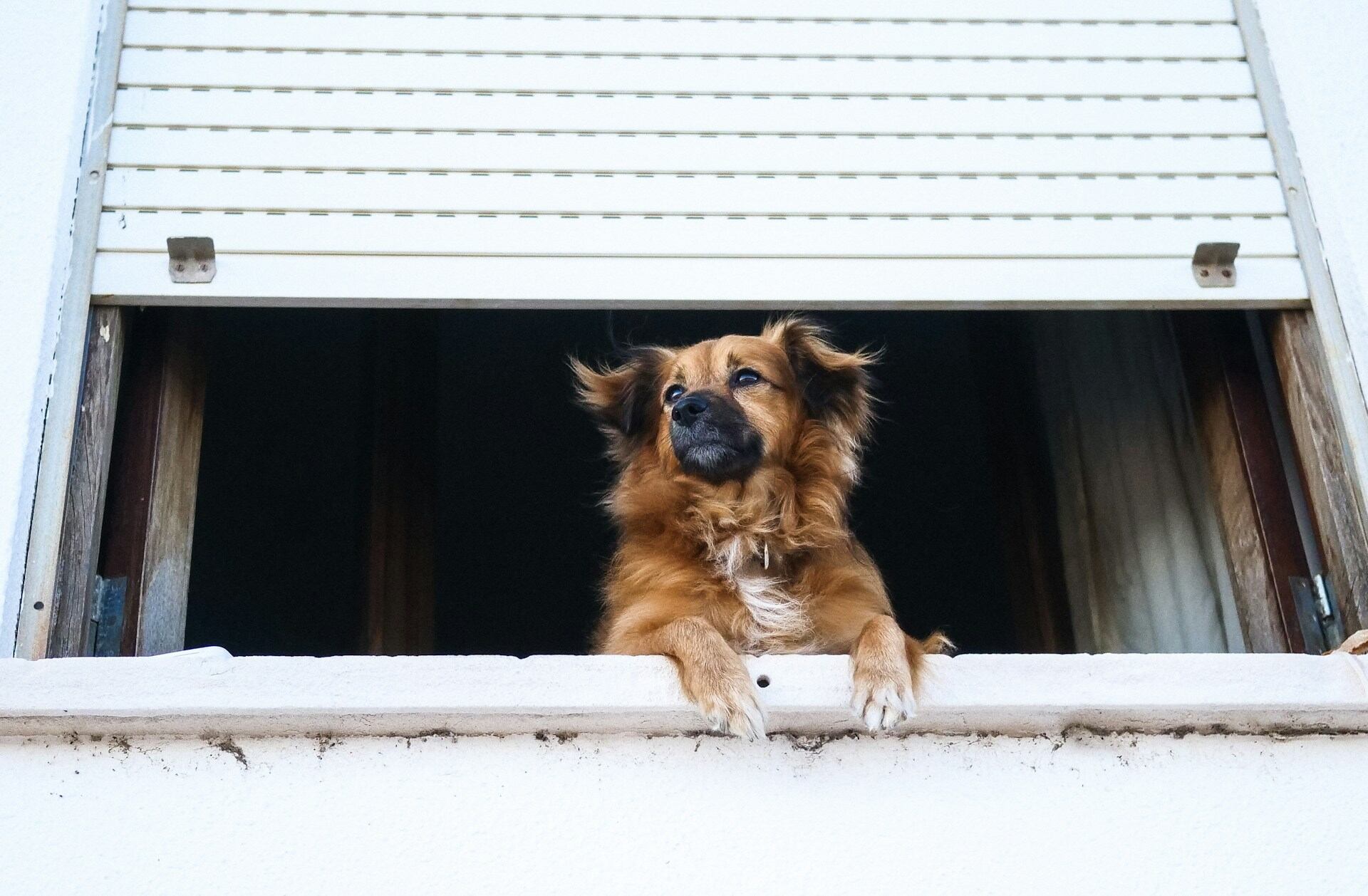
⚠️But most importantly – prevent your dog from spending time around damp surfaces, like your basement or bathrooms. (Else you’ll be dealing with a pretty nasty mold infection on top of pollen allergies!)
Read more: 3 quick and easy ways to locate your hiding dog indoors with your trusty Tractive device
Figure out your dog’s favorite hangout spots
Whether it’s around your backyard or further outdoors, every dog has a bunch of hiding, hunting, or hangout spots they love to spend time in.
Which – during pollen season – only opens them up to picking up a host of infectious substances they’ll then bring back home. (Straight to you and your bed.)
💡So imagine knowing exactly where your dog likes to spend their time – so you can prevent them from wandering there, in case you notice it’s a high-pollen zone?
It’s why smart dog parents use their Tractive Heat Map & Location History to figure out their dogs’ favorite hangout spots – and take an active role in their health and safety.

Besides helping you understand where your dog likes to spend their time, your dog’s Heat Map & Location History means you now know:
- Where to look first in case your dog goes missing
- Discover which parts of your fence need patching
- Intervene if you notice your dog having wandered off too far
Tractive’s Heat Map has also helped save the lives of dogs around the world.
Like Imogen the Borzoi, who ran past her yard and crashed through the ice of a frozen lake nearby.
Luckily, her mom tracked her down with her Tractive device’s Heat Map – saving her from freezing and drowning.
Read more: Imogen The Dog Saved From Frozen Lake Thanks To GPS Tracker
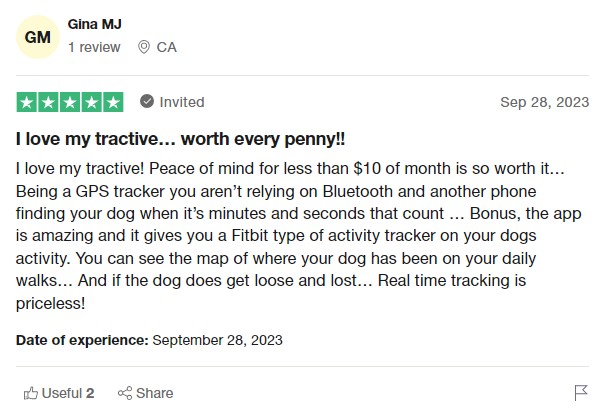
If you notice any dog pollen allergy symptoms, the first thing to do is to contact the vet and schedule a checkup for your buddy. There are plenty of solutions and after a thorough check, a vet can tell you what the best treatment is for your furry friend.
Warn other dog parents about pollen-riddled spots around you
Besides tracking your buddy’s favorite spots, your trusty Tractive device also helps you mark out “danger zones” in your vicinity. Which might include:
And once you’ve logged in a Danger Report, it gets broadcast to fellow pet parents nearby. So you can both keep your buddy safe – and do your part as a responsible pet parent.
How to treat pollen allergy in dogs
Now depending on how severe your dog’s pollen allergy is, your vet could treat it in different ways. They might begin with running some tests to figure out what’s causing your dog’s symptoms in the first place.
This might include:
- A thorough physical examination to rule out fleas, ticks, or mites.
- Intradermal allergy testing, or shaving a patch of your dog’s fur to see how their skin reacts to common local allergens.
- Blood tests to look out for antibodies, like histamines.
Then, you could elect to go for:
Medication & supplements
- If your dog has mostly mild allergies, their symptoms could reduce with antihistamines or over-the-counter medication.
- But if you’re dealing with more serious allergies, your vet might prescribe you more specialized medication.
- Supplements containing omega fatty acids and other prescription diets can help reduce the severity of dog pollen allergies.
As always, make sure to discuss your options with your vet beforehand. (As dogs can be sensitive to prescription medication that’s otherwise harmless for us.)
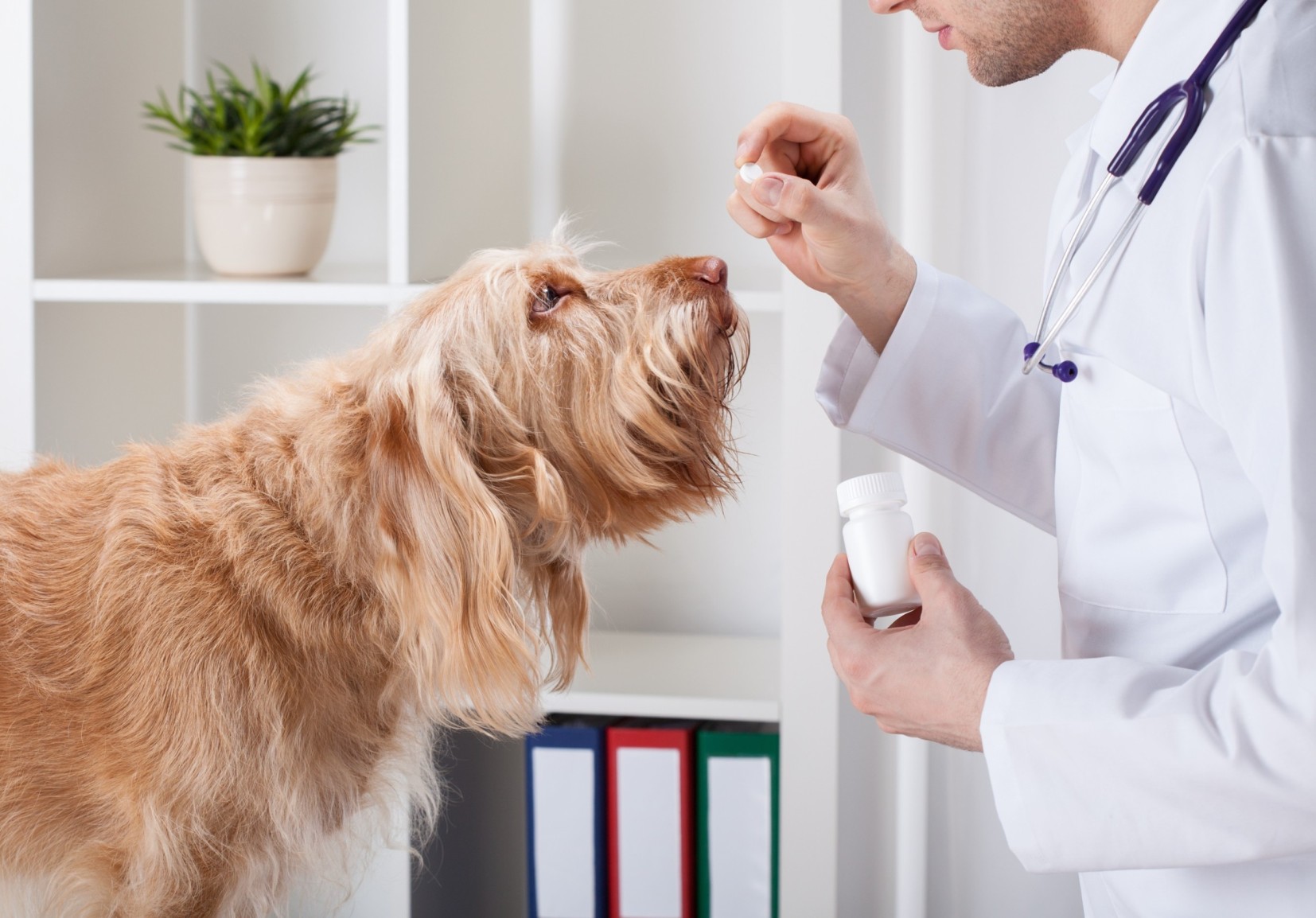
Special care products
For mild pollen allergies, you could use special care products, like face and paw wipes, shampoos or soaps and special brushes.
Medicated shampoos can also help reduce skin infections from yeast and bacteria.
Similarly, make sure to use a vet-approved option for cleaning out your dog’s ears. (Another part of their body ripe for infections.) Use a dog-friendly ear cleaner like EpiOtic to keep them clean.
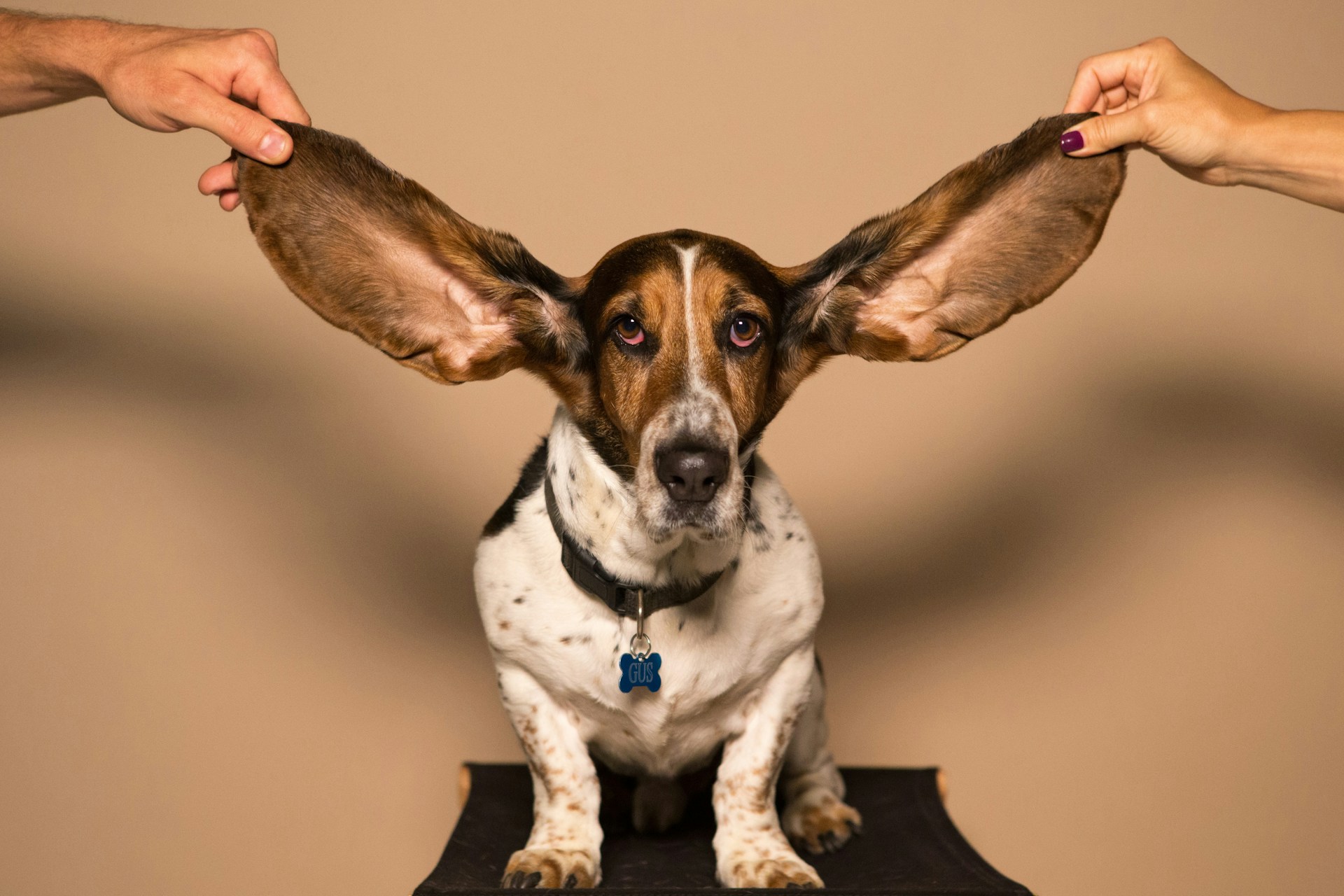
Immunotherapy
Another best practice in treating dog pollen allergy is immunotherapy. This is a basically a long-term therapy to get your dog less sensitive to a specific allergen, such as pollen.
In this process, a vet:
- Administers an allergen mix to your dog to reduce or get rid of any symptoms that arise from repeated exposure to pollen
- Repeats the process gradually over time to help your dog’s immune system adjust to the allergens
- Personalizes this treatment for each dog and administers it over time
As a result, your dog can develop an immunity towards pollen allergens.
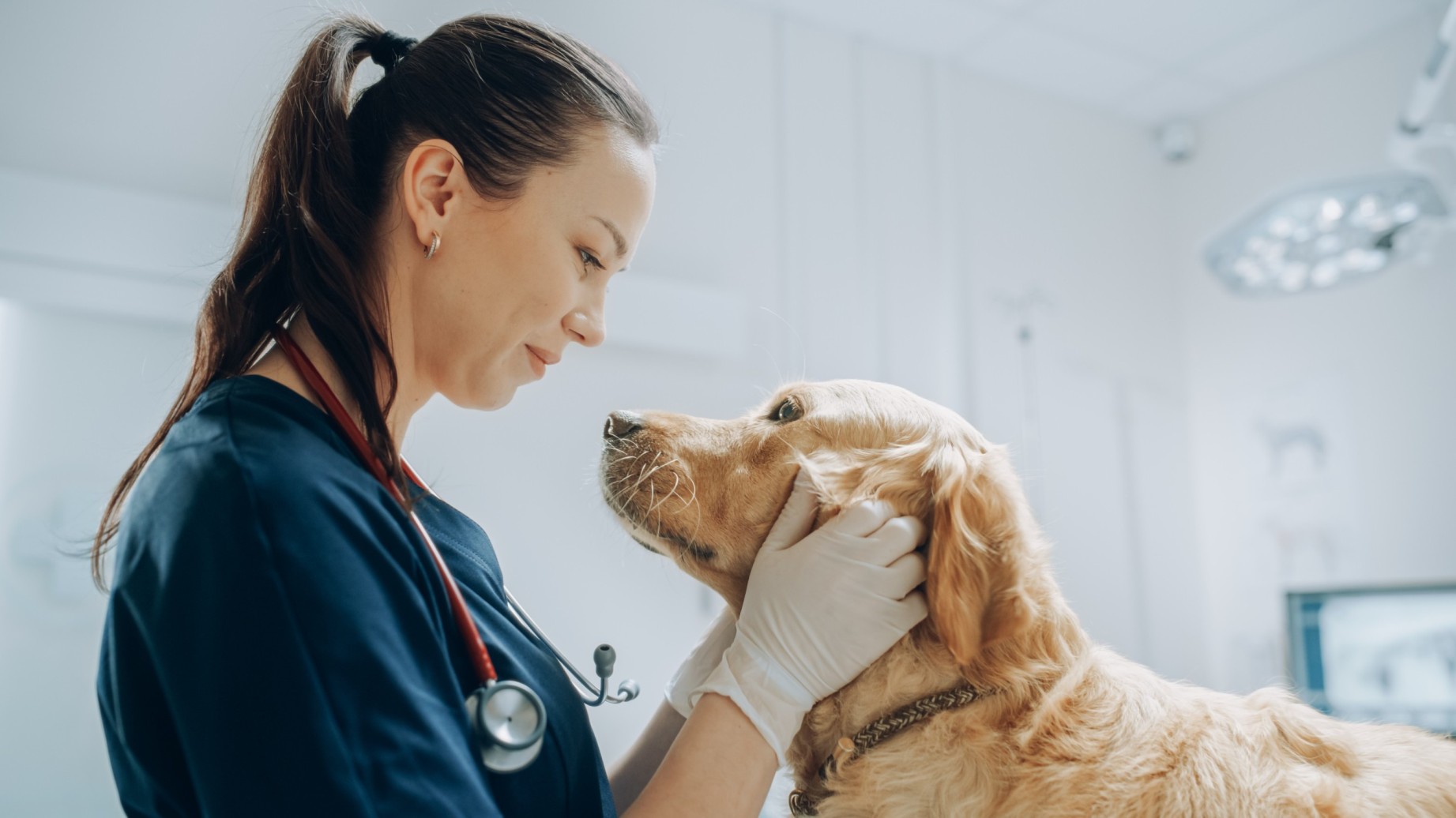
But does it work? It just might! A 2023 study found that allergen-specific immunotherapy significantly improved the quality of life of pollen-allergic dogs. Including:
- Fewer disturbances during mealtimes (with less scratching and improved appetites)
- Reduced smell
- Fewer vet costs for dog parents
Natural remedies for dog pollen allergies
Here are some natural care remedies for your dog that are good to have at hand during pollen allergy season:
- Coconut oil. Its antibacterial properties reduce the sensation of itchy skin. Used in combination with fish oil, it can decrease allergic responses your dog might have to pollen.
- Aloe Vera. Make sure you use it in gel form. Due to its anti-inflammatory characteristics, it is just right for treating hot spots and itches.
- Apple cider vinegar can be very effective for cleaning your dog’s paws from pollen
- Thyme infusion calms down the skin infections, suitable for the toes and paws
- Fish oil and turmeric. Anti-inflammatory supplements like these may benefit your furry friend.
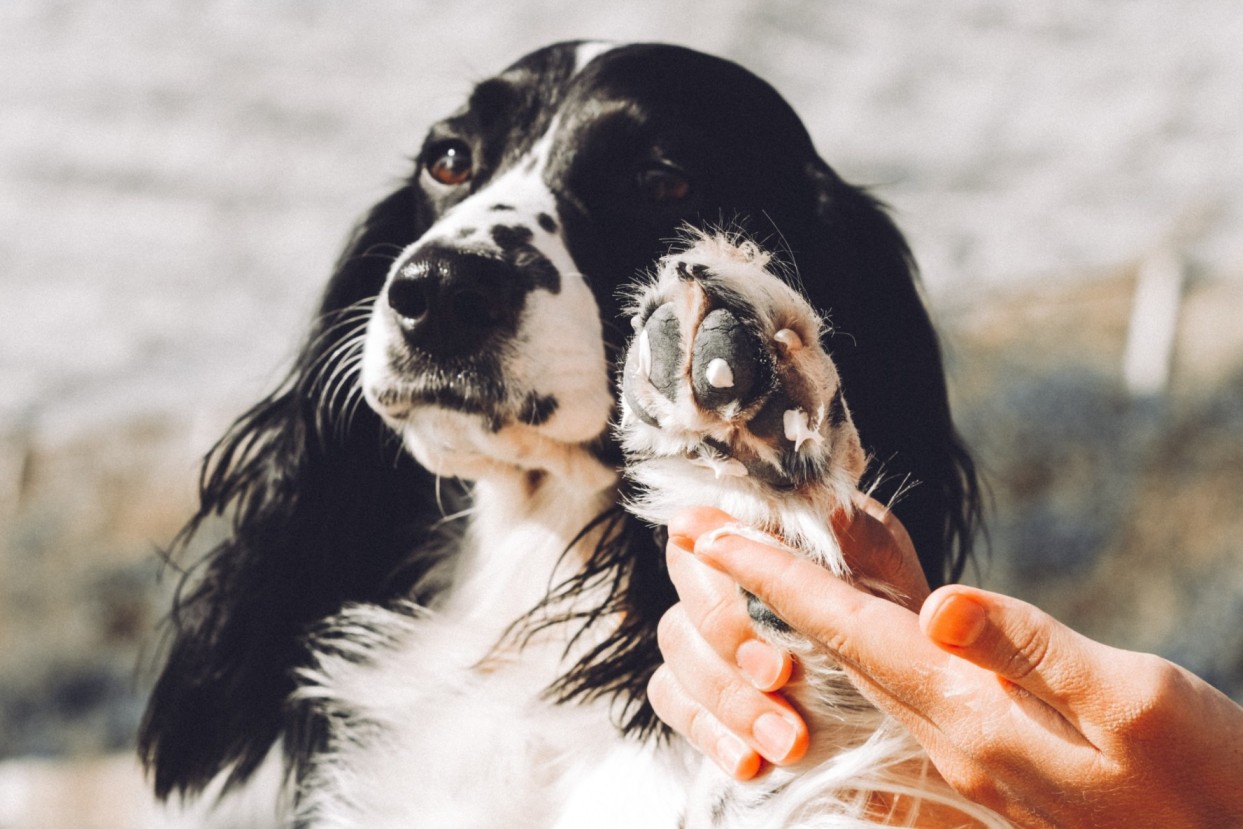
⚠️ Be sure to speak with your vet before trying any of these or other natural treatments.
How to manage a dog pollen allergy like a pro
Any dog can develop a pollen allergy – and you can’t really cure it 100%. Rather, your best options are to manage it over time and plan ahead for it to rear up when the season’s nigh.
Some dogs are more likely to develop a pollen allergy due to their environment, breed, or where you both live. But you can manage it by:
- Caring for your dog’s fur and paws before and after walks. (With a combination of oatmeal and aloe vera to prevent dryness and itchiness – or dog boots.)
- Avoiding walking paths that might include pollen, ticks, and mites.
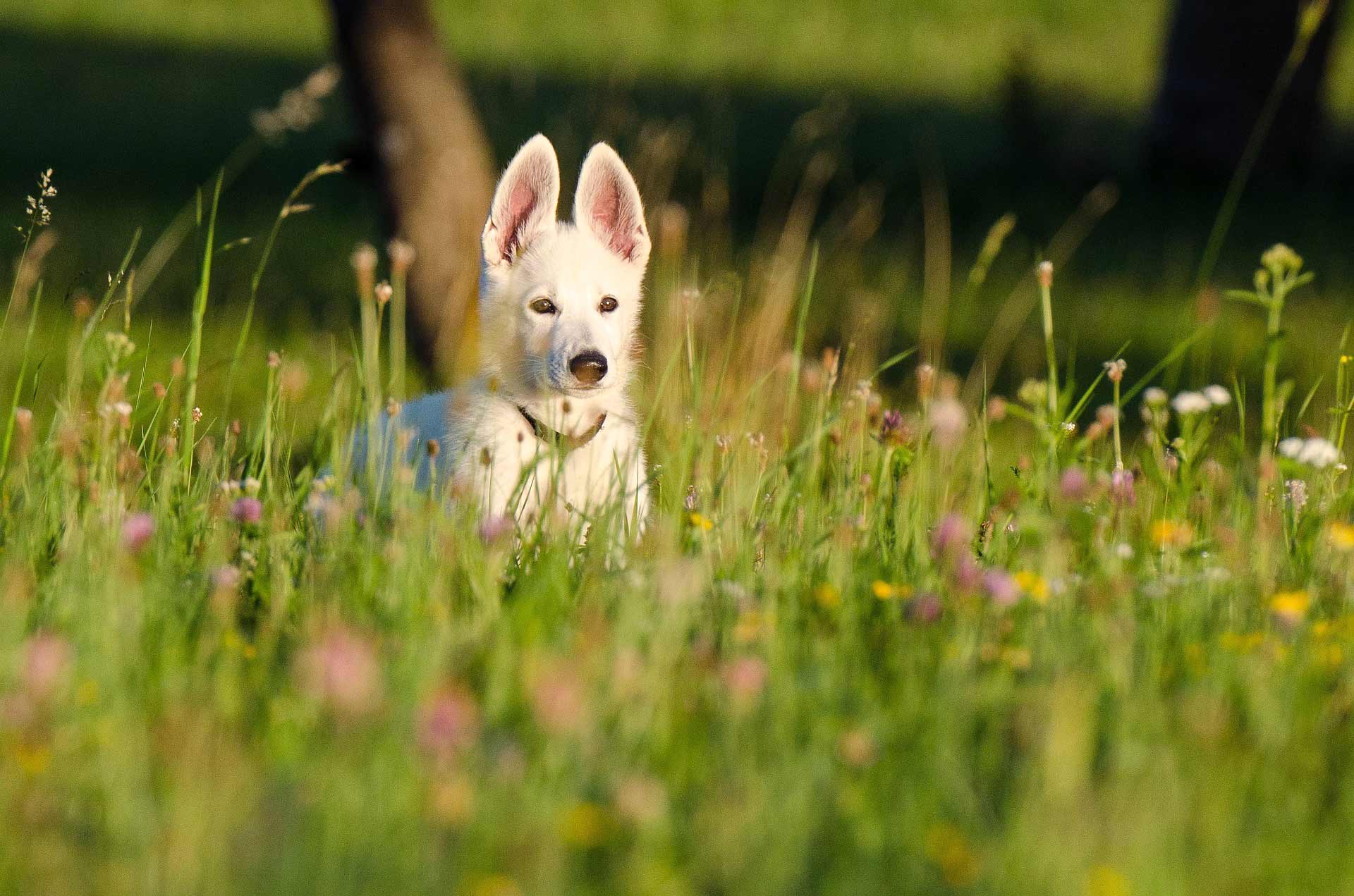
- Using special care products, including moisturizing oils and hypoallergenic shampoos during their baths.
- Keeping your indoor space clean to prevent any pollen and dust buildup.
- Thoroughly cleaning your bedding and any other surfaces your dog sleeps on.
And finally…
- Figuring out if your dog’s favorite hangout spots include any pollen-riddled areas around your neighborhood.
Which, rather than monitoring your dog’s whereabouts 24/7, you can do from the comfort of your couch – with a dedicated dog GPS tracker strapped to your buddy’s collar.
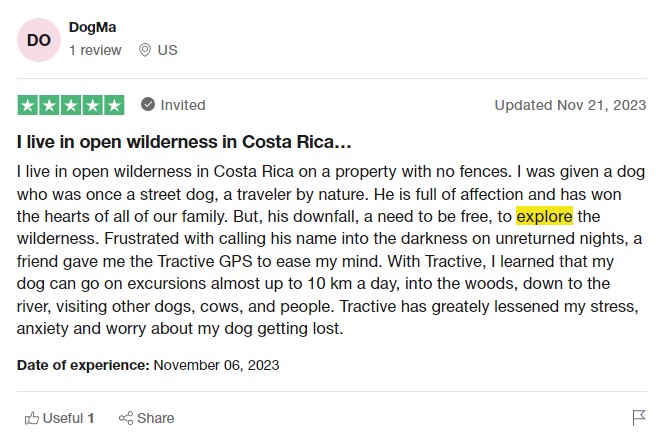
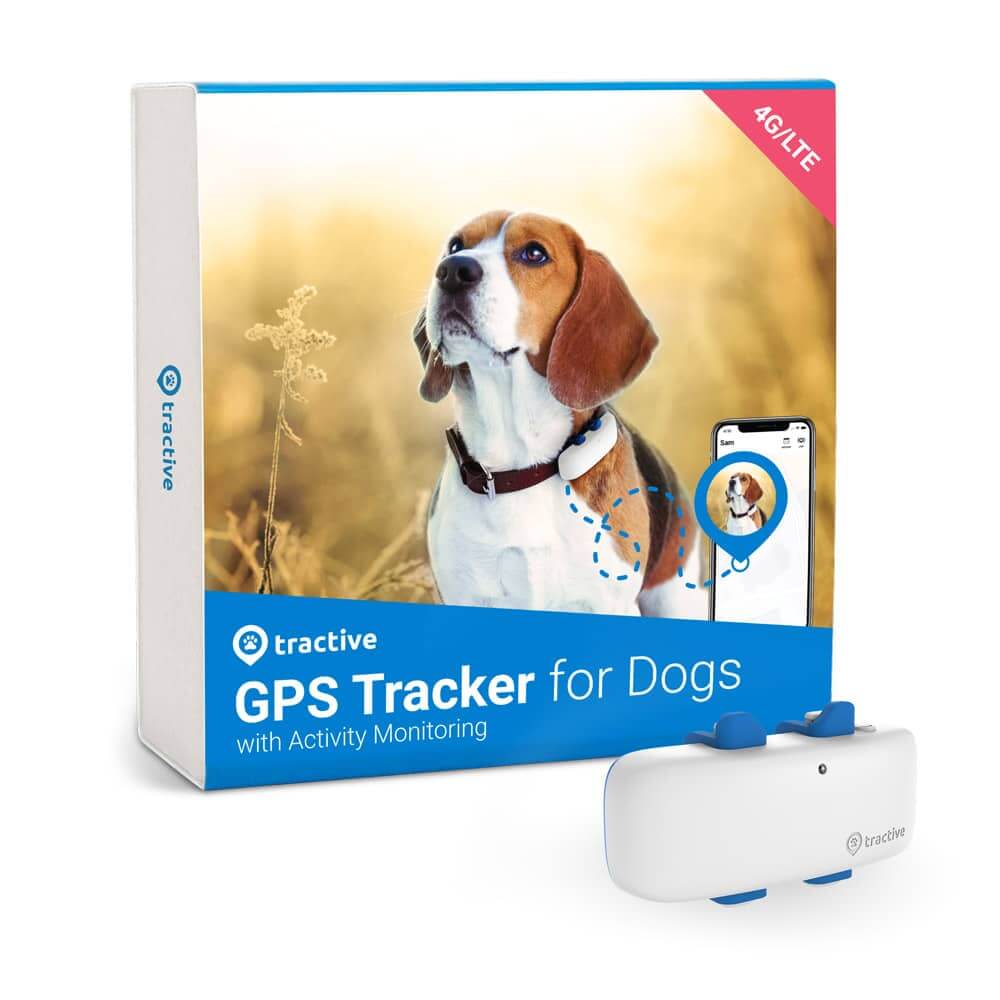
Always know where your dog is
Follow every step in real-time with unlimited range. Get alerts if they wander too far. Keep them happy & healthy with Wellness Monitoring. And let others – like walkers or sitters – keep an eye on your dog too.
To see how seasonal allergies can affect a French Bulldog, check out the video below:
And if you’ve found this post helpful, share it with a friend or a loved one – and let’s help build a safer, kinder world for our furry friends together.
Your furry friend’s health and wellbeing means as much as to us as it does to you. So we’ve made it a priority to only share medically-relevant content on our blog.
This post was checked, double-checked, and medically verified by Georgia-based vet, Dr. Dwight Alleyne.

Originally from Long Island, New York, Dr. Alleyne began his career at a no-kill animal shelter before becoming a licensed veterinary technician. He graduated from Cornell University Veterinary College in 2006 and completed an internship at Purdue University.
Now practicing in Georgia, Dr. Alleyne specializes in soft tissue surgery and ultrasounds. He also writes pet health articles on his website, “The Animal Doctor Blog” (www.anmldrblog.com).
